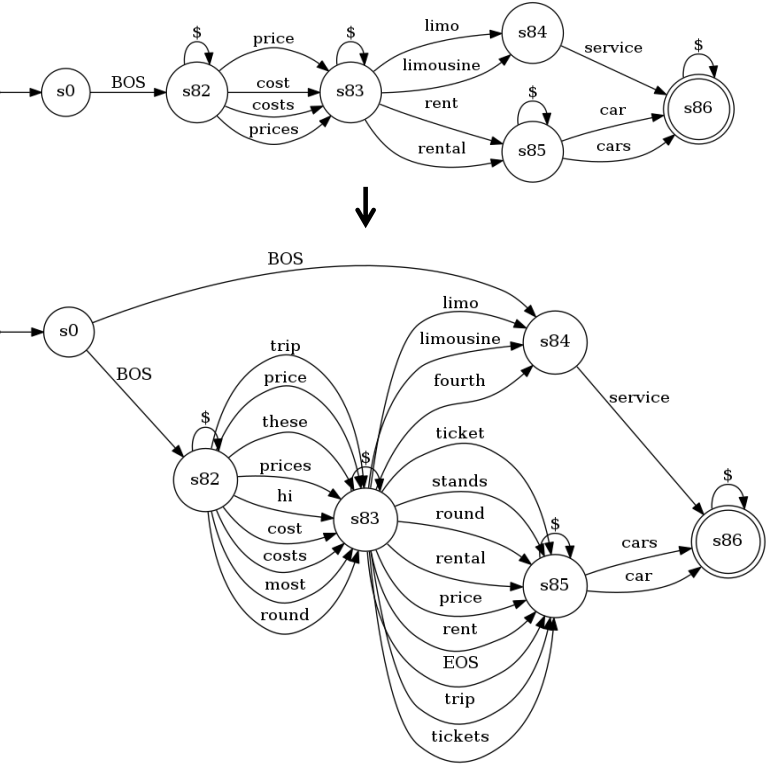RNNs can generate bounded hierarchical languages with optimal memory
John Hewitt, Michael Hahn, Surya Ganguli, Percy Liang, Christopher D. Manning
Interpretability and Analysis of Models for NLP Long Paper

You can open the pre-recorded video in a separate window.
Abstract:
Recurrent neural networks empirically generate natural language with high syntactic fidelity. However, their success is not well-understood theoretically. We provide theoretical insight into this success, proving in a finite-precision setting that RNNs can efficiently generate bounded hierarchical languages that reflect the scaffolding of natural language syntax. We introduce Dyck-$(k,m)$, the language of well-nested brackets (of $k$ types) and $m$-bounded nesting depth, reflecting the bounded memory needs and long-distance dependencies of natural language syntax. The best known results use $O(k^{\frac{m}{2}})$ memory (hidden units) to generate these languages. We prove that an RNN with $O(m \log k)$ hidden units suffices, an exponential reduction in memory, by an explicit construction. Finally, we show that no algorithm, even with unbounded computation, can suffice with $o(m \log k)$ hidden units.
NOTE: Video may display a random order of authors.
Correct author list is at the top of this page.
Connected Papers in EMNLP2020
Similar Papers
On the Ability and Limitations of Transformers to Recognize Formal Languages
Satwik Bhattamishra, Kabir Ahuja, Navin Goyal,

Syntactic Structure Distillation Pretraining for Bidirectional Encoders
Adhiguna Kuncoro, Lingpeng Kong, Daniel Fried, Dani Yogatama, Laura Rimell, Chris Dyer, Phil Blunsom,

Structural Supervision Improves Few-Shot Learning and Syntactic Generalization in Neural Language Models
Ethan Wilcox, Peng Qian, Richard Futrell, Ryosuke Kohita, Roger Levy, Miguel Ballesteros,

Cold-Start and Interpretability: Turning Regular Expressions into Trainable Recurrent Neural Networks
Chengyue Jiang, Yinggong Zhao, Shanbo Chu, Libin Shen, Kewei Tu,
